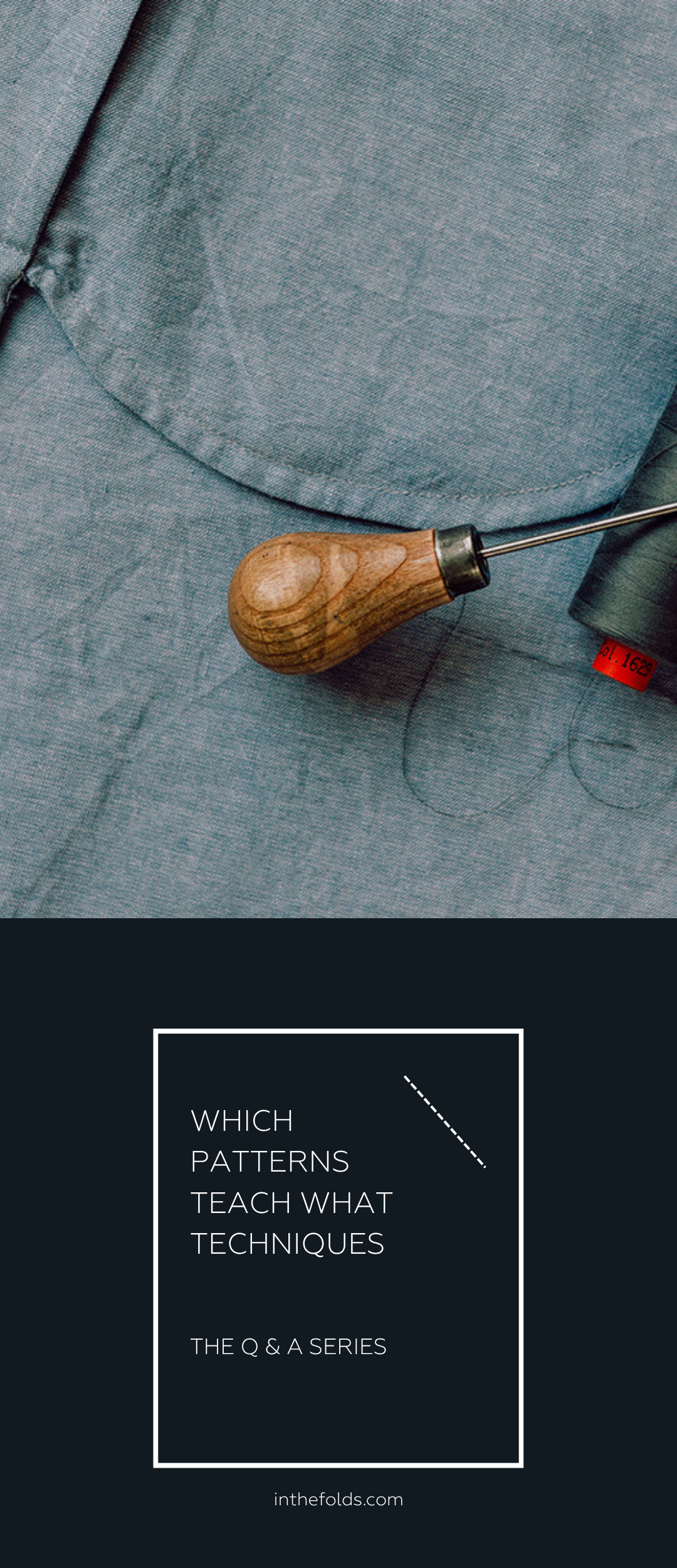THE Q & A SERIES
experimenting with interfacing
Hello, I’m new to your site & love the idea of asking a question and getting a helpful answer.
My question is, when using iron on interfacing in a collar or cuff should the interfaced side be outermost or on the underside? And if on the underside, how do you get over the seam allowance (that’s been graded) showing through light weight fabric? I look forward to finding out the right way, thank you.
Alison, UK
Hi Alison!
We’re very glad you’ve found us, and we’re happy to help.
Interfacing is a scary topic for many sewists. When things go well, it is a wonderful thing and can help us create beautiful finishes and looks in our garments. But when things don’t go so well… well, it’s likely that you’ve had a run in with interfacing at some point in your sewing journey (as have the majority of us!) and you’ll know first hand how frustrating it can be to work with.
We wrote a post about what you need to know about interfacing just recently, as it’s an important part of shirt-making, the topic we’re currently focusing on in our sewing subscription, Curated by ITF. This month we’re moving onto the second part of the series, the Marden shirt pattern!
NEW SEWING PROJECT? TIME TO TEST YOUR INTERFACING AND FABRIC!
When it comes to advising about which side of a collar or cuff to interface, it really depends on the fabric and interfacing you’re planning on using for the garment. Which makes it almost impossible for me to provide a definitive ‘do this in all scenarios’ answer (sorry!).
But, I’d start by encouraging you to experiment with the interfacing and fabric you have in mind for your project, particularly when sewing with lightweight fabric. (More on how to do this here.)
Consider the look of the fabric once the interfacing has been fused to it. Is it very obvious and visible through the fabric? Does it negatively impact the look of the fabric, or does it just provide the structure that is needed?
In general, I block fuse both sides of the collar and cuffs. So that's normally what I'd test out first.
As you have mentioned, you may decide that you would prefer to fuse only one of the pieces, rather than the pair. If you're wanting a more relaxed look, you'll generally only fuse the undercollar. This allows the fabric on the top collar to look like the rest of the shirt.
However, if you are using a fabric that is so lightweight it is transparent, then I'd likely be fusing the one that will be on the outside when worn (i.e. the top collar). As you may guess, this is to prevent the seam allowances showing through the collar. If, however, you’re not happy with the finish of the fabric once the interfacing is applied, you may also consider experimenting with using a lightweight cotton as a sew-in interfacing instead.
Hope this helps, and good luck in your interfacing experimentation!
Emily
RESOURCES MENTIONED IN THIS ISSUE
The Sewing Shirts Skills Kit and the Marden shirt pattern are the first and second parts of our Sewing Shirts project series, which is available through our Curated by ITF subscription. Past issues are now available for purchase by current subscribers.
What you need to know about interfacing - blog post here.
For more issues of the Q & A series, you can check out the archive here.
WHAT YOU’VE BEEN MAKING
Collins top made by @apple_franca
Hove jacket made by @janice.makes






